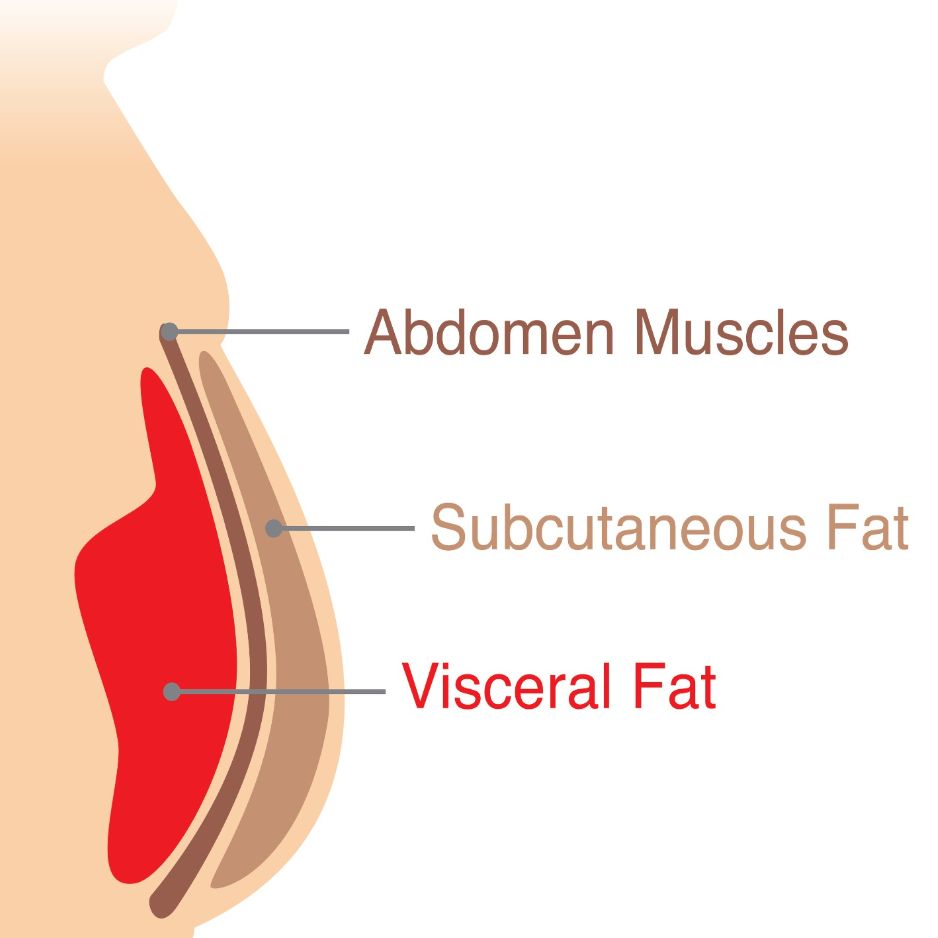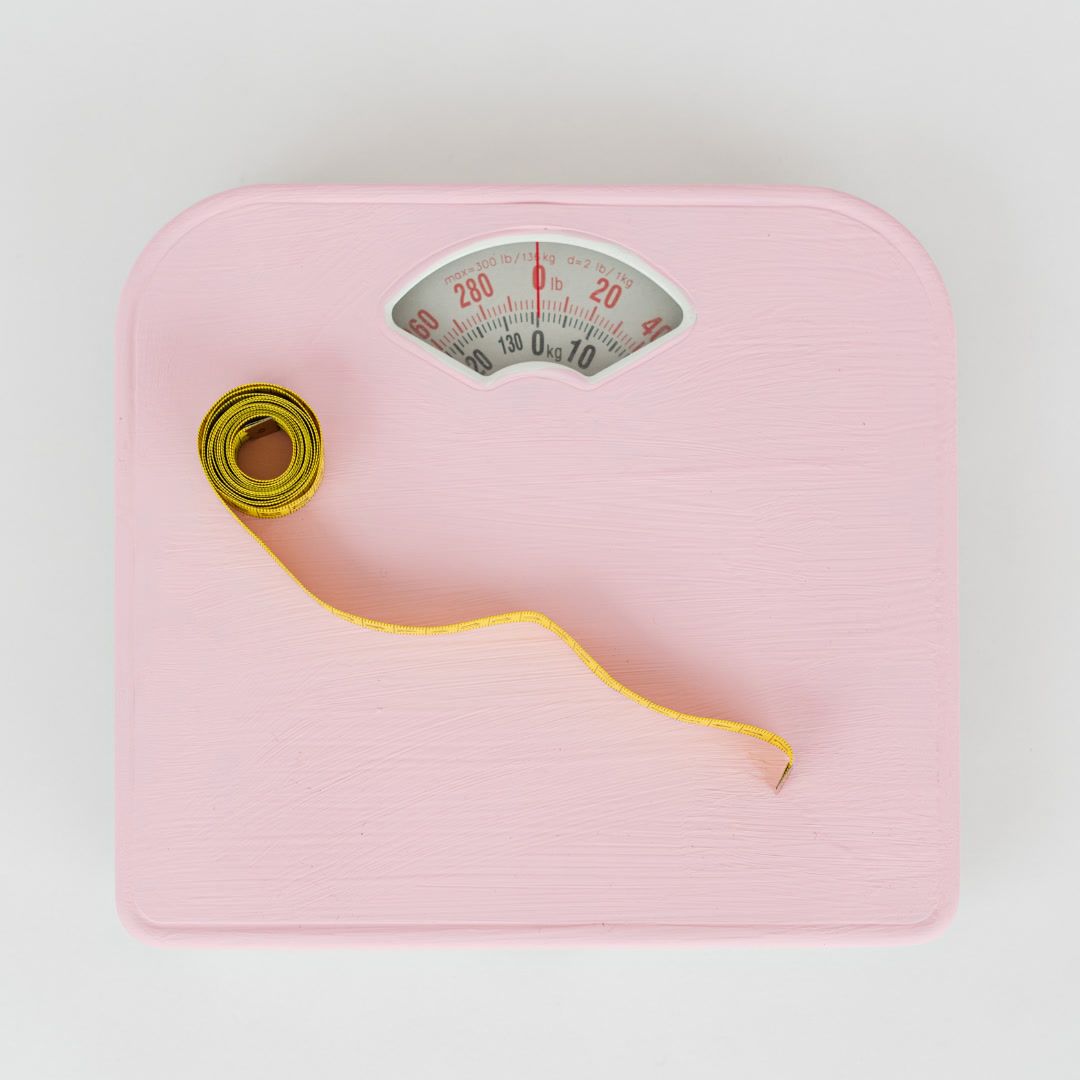Water Weight: Causes, Fluctuations & Fast Fixes
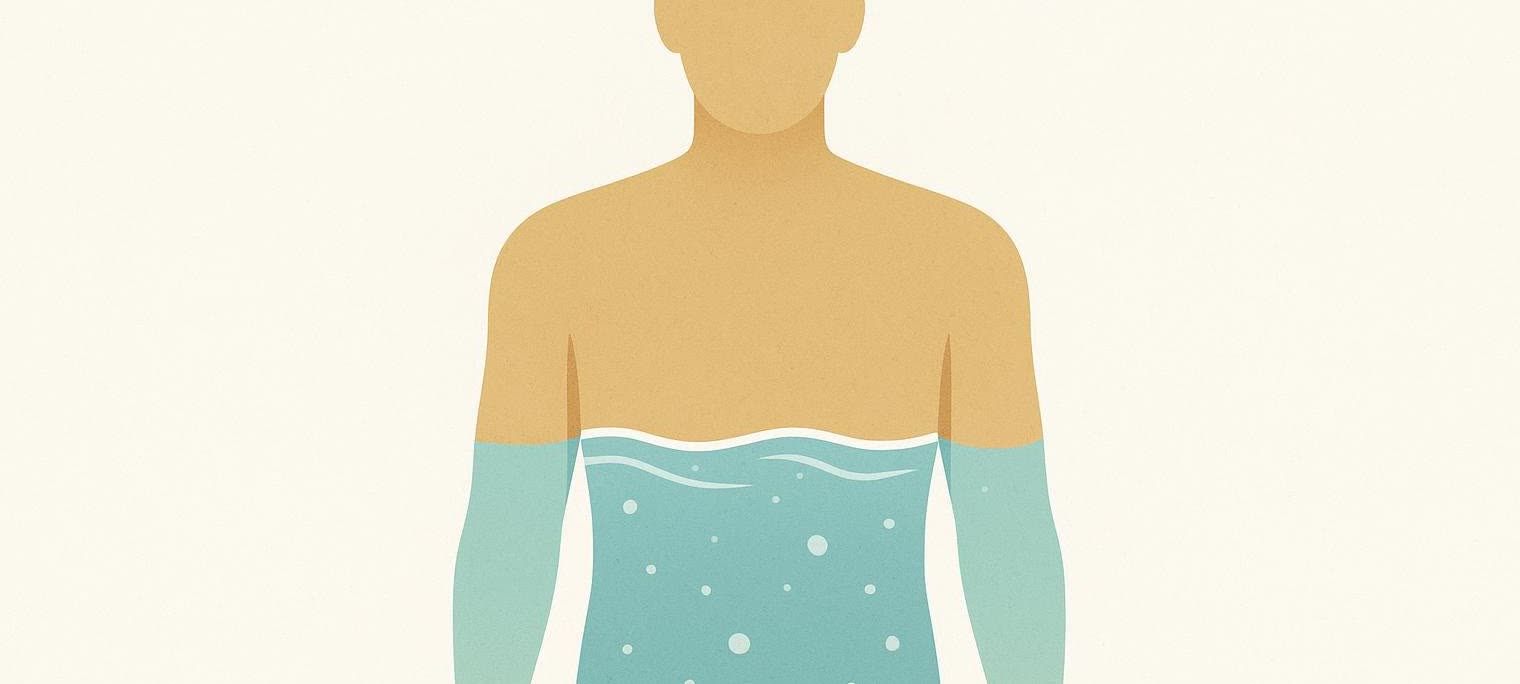
Water Weight: Causes, Fluctuations & Fast Fixes
Quick take: If your scale jumps up 3 pounds overnight, it’s almost never fat—it’s water weight. This guide explains why it happens, how much is normal, and the smartest ways to manage fluid swings without compromising health.
Table of Contents
- Water Weight vs. Body Fat
- 7 Common Reasons You Retain Water
- Typical Daily Fluctuations
- Hormones & Menstrual Cycle Bloat
- Athlete Corner: Glycogen & Carb-Loading
- How to Lose Water Weight Fast
- When to See a Doctor
- FAQs
- Key Takeaways
Water Weight vs. Body Fat
| Metric | Water Weight | Body Fat |
|---|---|---|
| Density | ~1 g/mL | ~0.9 g/mL |
| Calories | 0 kcal | 9 kcal per g |
| Time to gain/lose | Hours or days | Weeks or months |
| Visual impact | Bloating, puffiness | Changes in body shape |
| Measurement tools | Scale, tape, feel | DEXA, calipers, smart scales |

7 Common Reasons You Retain Water
According to the Mayo Clinic’s overview of edema causes, everyday factors—from diet to certain medications—can prompt the body to hang on to extra fluid.
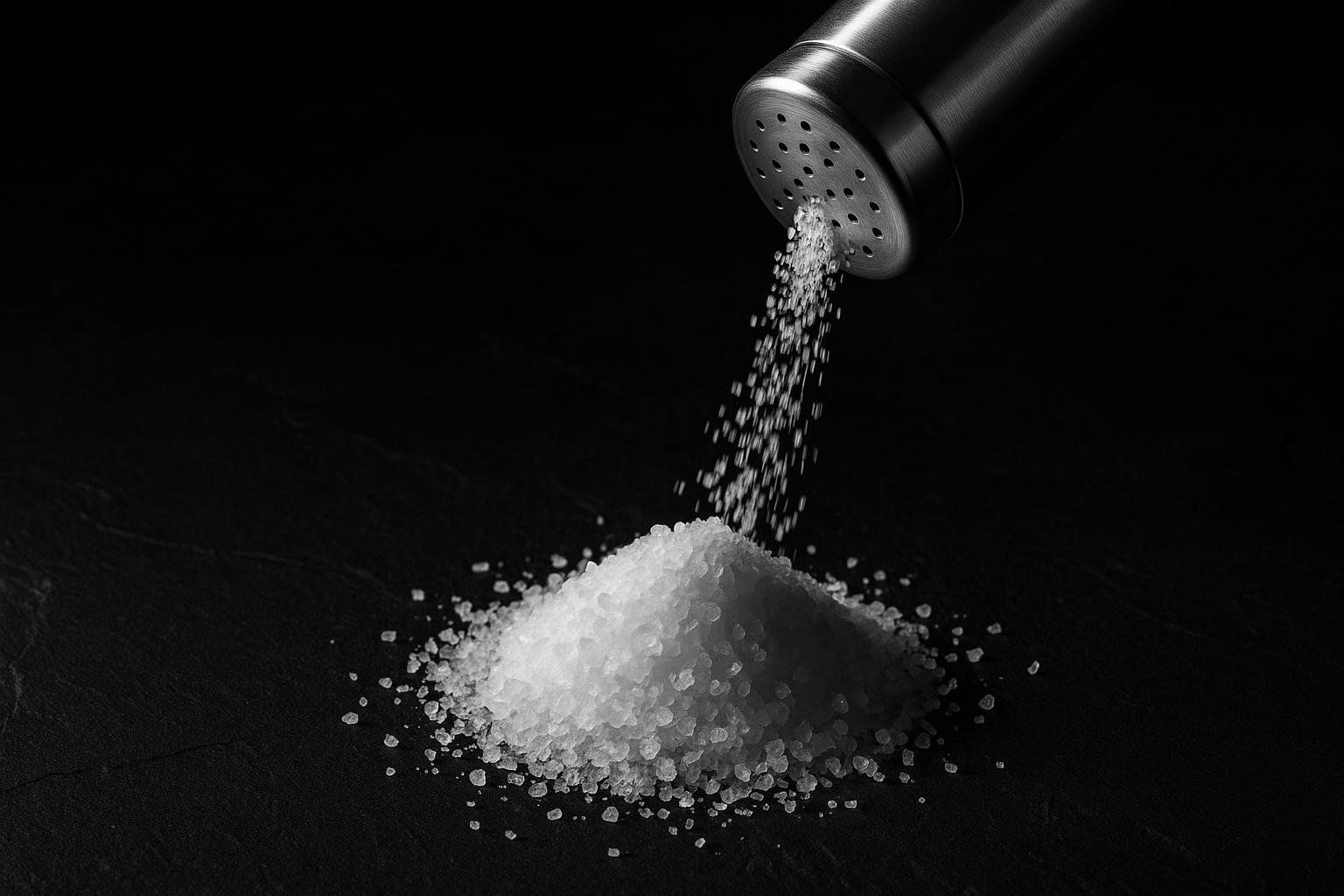
- High sodium intake – Extra salt raises extracellular fluid to keep blood sodium balanced.
- Carbohydrate loading – Each gram of glycogen binds about 3–4 g of water, so a pasta feast can add pounds overnight.
- Hormonal fluctuations – During the luteal phase, estrogen can lower the threshold for fluid-balancing hormones, while rising progesterone may partly offset this by encouraging some sodium loss. The net result is often a brief shift of fluid into tissues, which many people experience as bloating (review of sex-hormone effects on fluid regulation).
- Prolonged inactivity – Long flights or desk-bound days let fluid pool in the legs.
- Medications – Corticosteroids, NSAIDs, some contraceptives can all increase fluid retention.
- Heat stress & dehydration – High temperatures and low fluid intake prompt a temporary water-saving response.
- Medical conditions – Heart, kidney, or liver disease can cause chronic edema—see a doctor.
Typical Daily Fluctuations
Most healthy adults swing 1–5 lb (0.5–2.3 kg) in 24 hours depending on meals, workouts, and hormones (Medical News Today).
While small fluctuations are normal, pay attention to significant or persistent changes.
Rule of thumb: If a shift over 5 lb sticks around for more than 72 hours, check in with your healthcare provider.
Hormones & Menstrual Cycle Bloat
| Cycle Phase | Dominant Hormone Shift | Typical Fluid Change |
|---|---|---|
| Follicular (Day 1–13) | Gradual estrogen rise | Mild |
| Ovulation (~Day 14) | LH surge | Variable |
| Luteal (Day 15–28) | Progesterone ↑, estrogen dips | Up to 2–4 lb gain |
Magnesium can help: supplementing 200 mg/day was shown to lessen premenstrual bloating and swelling after two cycles. Leafy greens, almonds, and pumpkin seeds offer a food-first way to bump your intake.
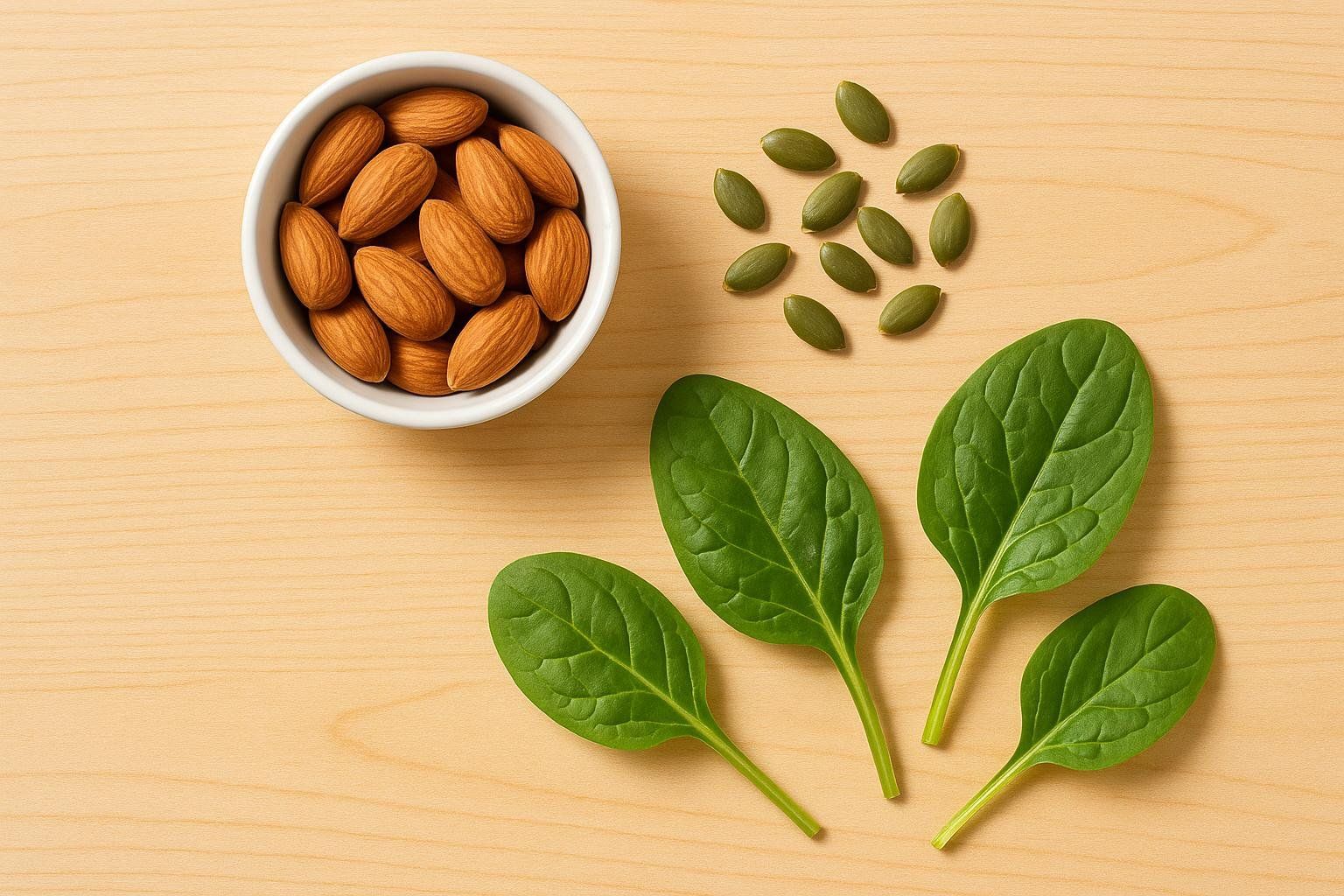
Athlete Corner: Glycogen & Carb-Loading

Endurance and weight-class athletes often “super-compensate” glycogen before competition. Because 1 g glycogen → 3–4 g water, a 500 g carb load can temporarily push scale weight up by roughly 4–6 lb—weight that drops quickly once carbs taper.
How to Lose Water Weight Fast
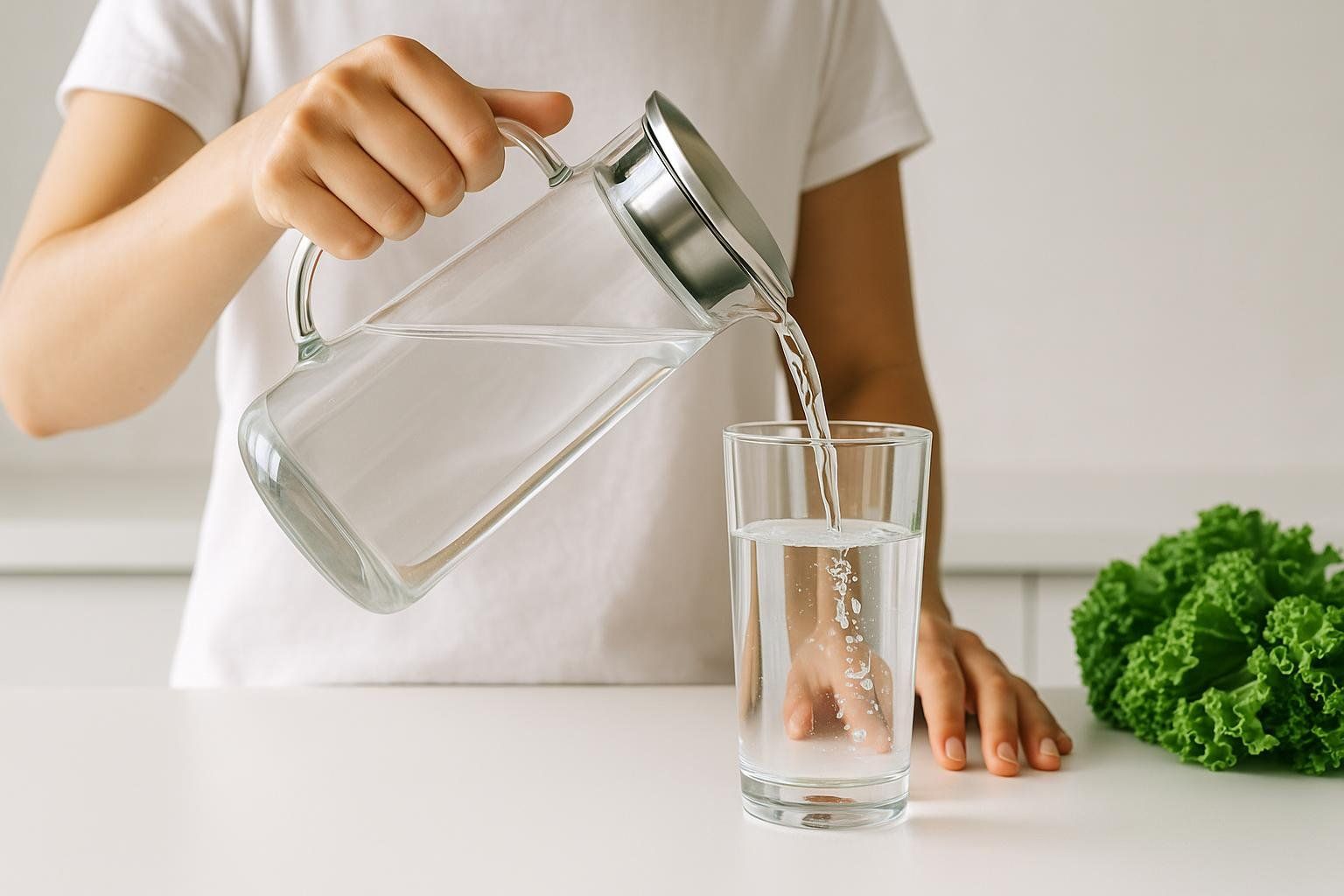
Want rapid relief from water-related bloating and puffiness? These evidence-based strategies help your body release excess fluid:
- Cut hidden sodium – Aim for under 2,300 mg per day, watching stealthy sources like bread, sauces, and deli meats.
- Drink more water – 2–3 L/day tells your kidneys to flush excess fluid.
- Move & sweat – A brisk 30-minute walk or HIIT boosts circulation. Spending about 30 minutes in a sauna (see our guide to using a sauna for weight loss) can also induce temporary fluid loss through sweat.
- Balance electrolytes – Potassium works opposite sodium: when potassium rises, kidneys excrete more salt—and the water that tags along. Aim for 3,400 mg/day for men and 2,600 mg/day for women with foods like bananas, potatoes, yogurt, and leafy greens (NIH Office of Dietary Supplements). Learn more in our guide to electrolytes and hydration.
- Trim carbs briefly – Cutting starchy foods for a couple of days forces your body to burn through glycogen stores. Because every gram of glycogen carries 3–4 g of water, even a 100 g carb reduction can drop about 1 lb of scale weight—just remember to re-fuel before intense training.
- Natural diuretics in moderation – Substances such as caffeine, dandelion extract, and vitamin B6 may promote mild fluid loss, but talk with your healthcare provider first to ensure safe dosing and avoid interactions.
- Compression & elevation – Calf sleeves or 10 minutes legs-up-the-wall help fluid drain from your legs.
- Prioritize sleep – Cortisol spikes from sleep debt can trigger retention.
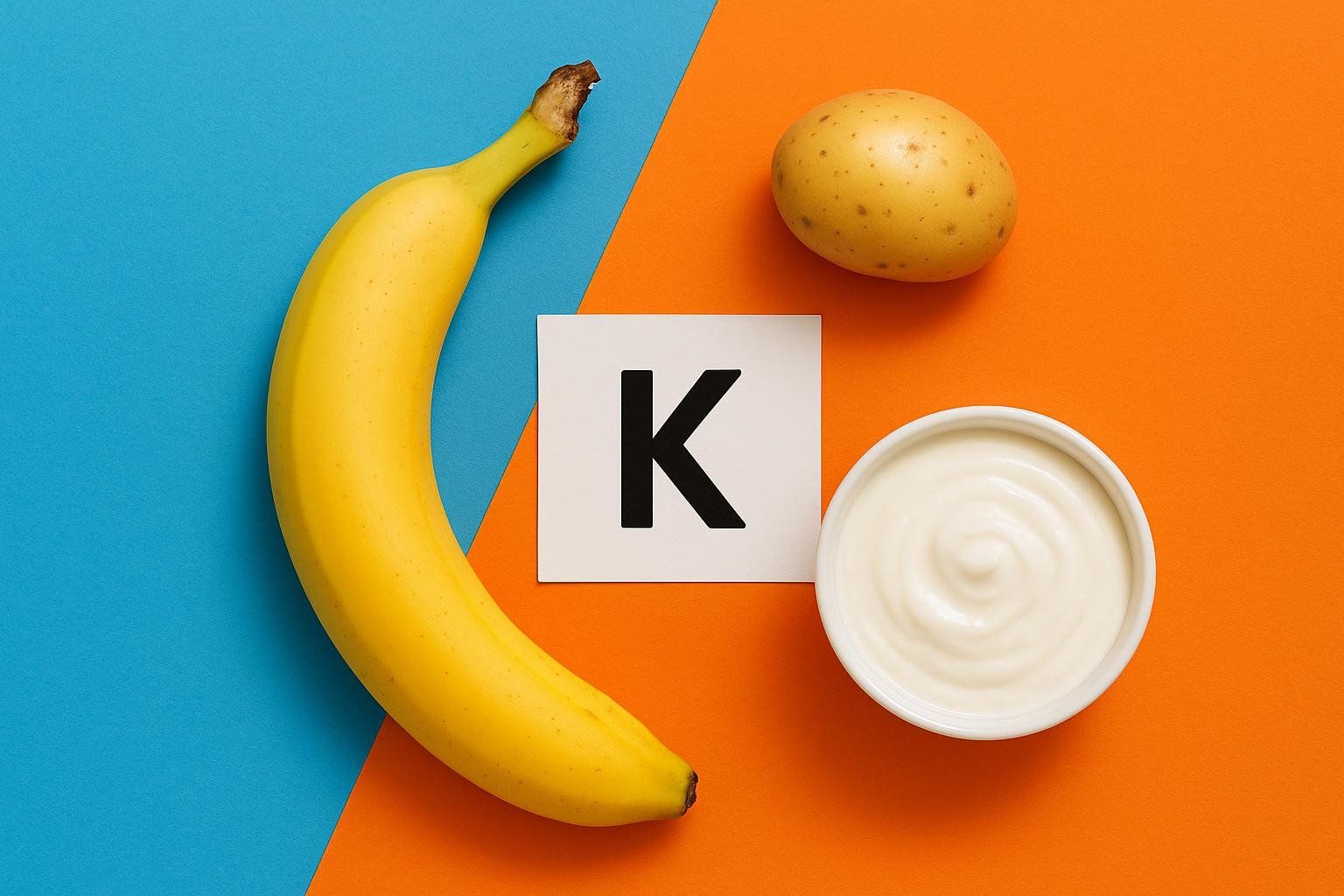
When to See a Doctor
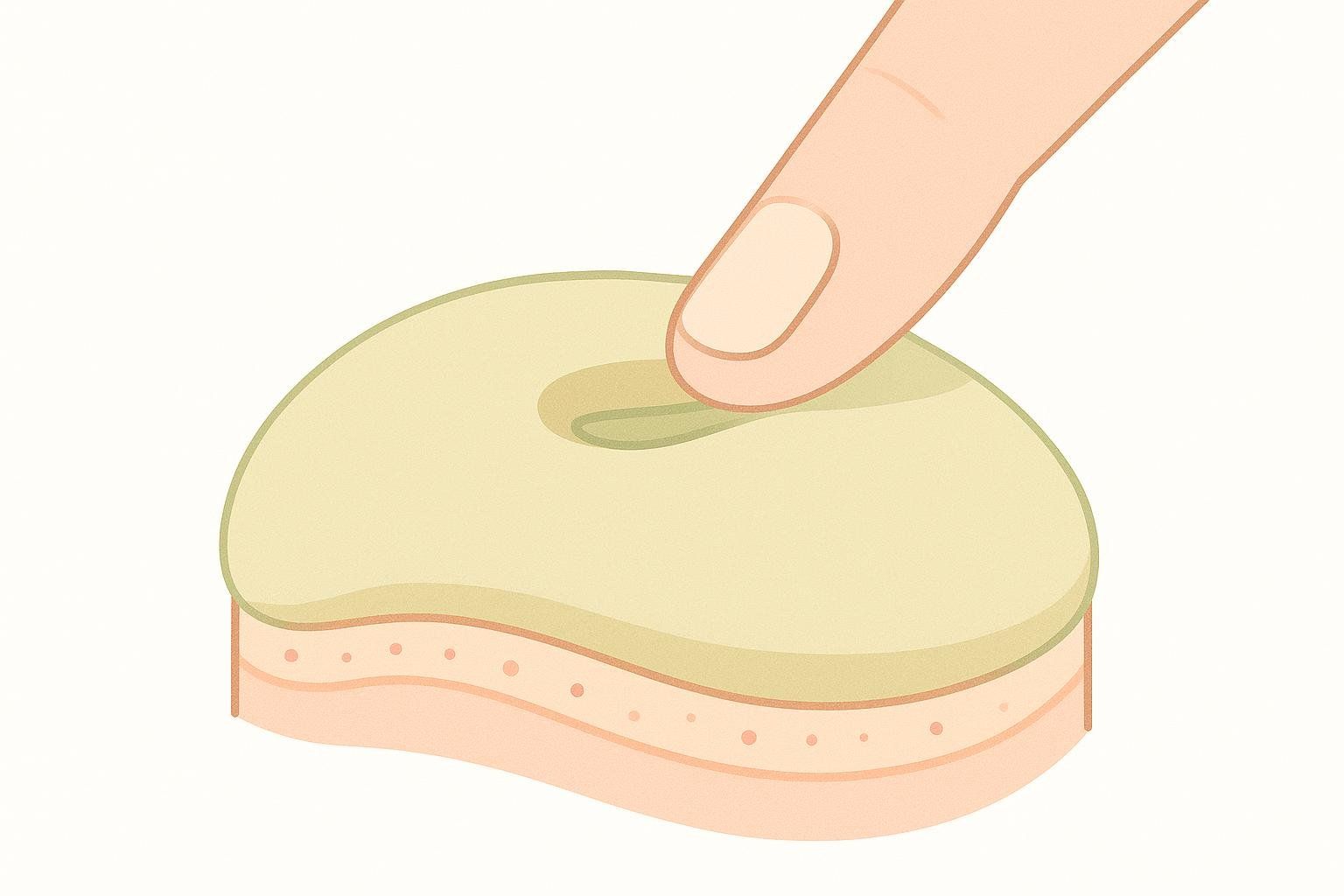
Seek medical advice if you notice:
- Persistent swelling in one limb
- Shortness of breath, chest pain, or coughing foam
- Sudden weight gain > 5 lb with pitting edema (skin that stays indented for a few seconds after you press it)
These can signal serious issues like heart failure, kidney disease, or blood clots.
FAQs
How long does it take to lose water weight?
Most people see excess water drop within 24–72 hours once sodium normalizes and activity increases.
Can drinking too much water cause weight gain?
Temporarily, yes. Fluid overload can raise scale numbers, but healthy kidneys usually correct within a day.
Do over-the-counter “water pills” work?
They can help, but misuse risks dehydration and electrolyte imbalance. Always consult your healthcare provider first.

Does alcohol make you retain water?
Alcohol is a diuretic—initially you lose water, but the resulting dehydration can trigger rebound puffiness the next day.
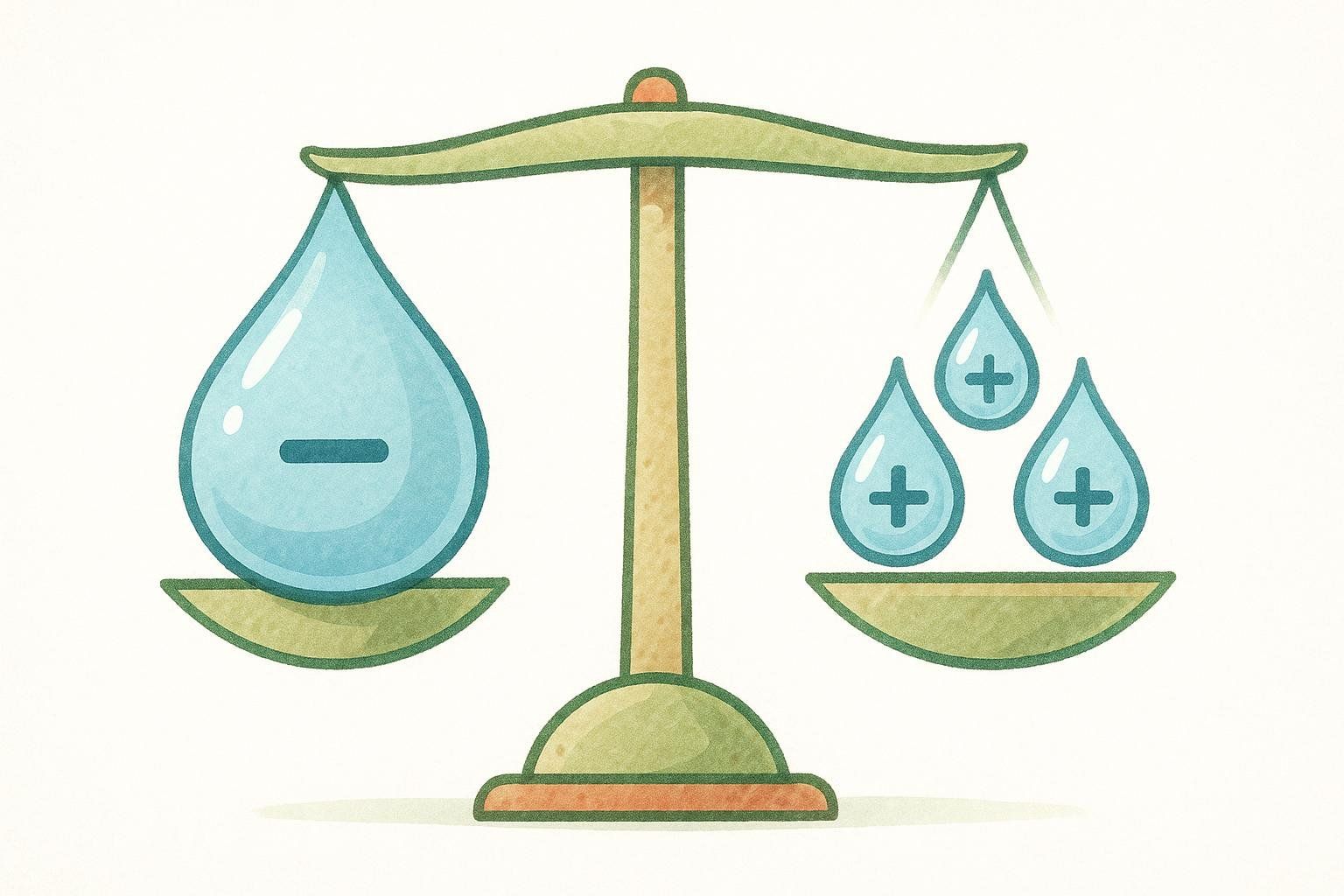
Key Takeaways
• Water-weight swings of 1–5 lb are normal.
• Sodium, carbs, hormones, and inactivity are the biggest levers.
• Hydration paradox: Drinking more water (not less) helps you shed excess fluid.
• A DEXA scan offers the clearest way to distinguish water weight shifts from actual changes in fat or muscle mass.

